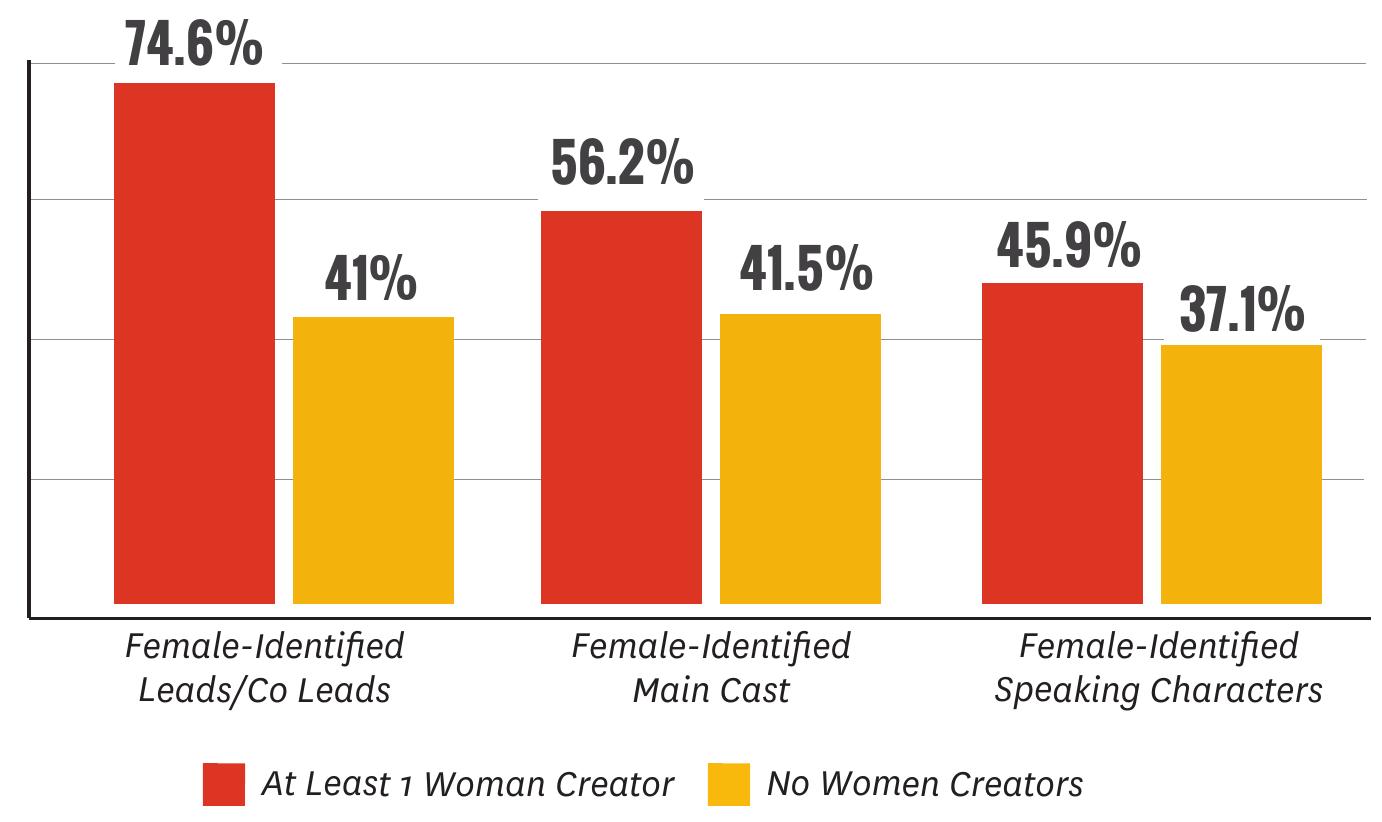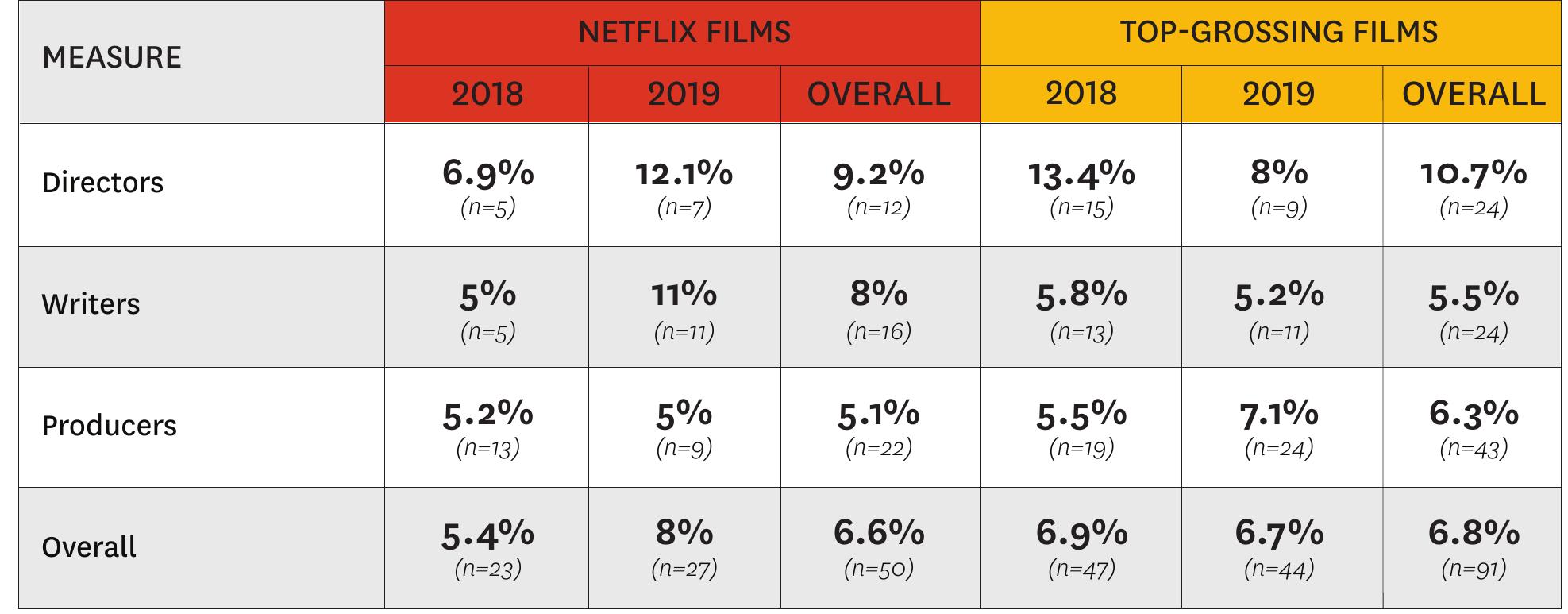Throughout history, the social construction of femininity and masculinity has been different. Women are “emotional, passive, inactive, etc.” while male is identified with being “logical, active, etc.” is identified with being. Of these...
moreThroughout history, the social construction of femininity and masculinity has been different. Women are “emotional, passive, inactive, etc.” while male is identified with being “logical, active, etc.” is identified with being. Of these two different identifications, the first side corresponds to the field of religiosity and the second side corresponds to the field of secularism. Therefore, religious, moral and cultural factors have been greater in the construction of femininity than in the construction of masculinity. As such, assumptions have been made that women are or could be more "religious" because of their “emotional” nature, while assumptions have been made that men are or could be more “secular” because of their mentality. In this context, while the discourse of "female religiosity" dominated the literature, the discourse of “female secularization” remained weak. So much so that, although modernization and secularization are mostly discussed in terms of women and their bodies, the discourse of “female religiosity (women are more religious than men)” is dominant. Secularization research and discussions mostly describe the religiosity and secularism aspects of society with findings obtained through various variables without analyzing gender. However, it is understood from the direct and indirect studies on the relationship between secularization and gender that the discussion styles of secularization and gender relationship can be evaluated in two categories. The first can be expressed as “gender-oriented modernization and secularization” discussions, and the second can be expressed as “gender-oriented modernization and secularization” discussions. While how women or men are positioned is not usually discussed in discussions focused on modernization and secularization, the aim has been to talk about whether the traditional understanding of gender, shaped by religion, has weakened and whether views outside the heteronormative sexuality order compatible with binary gender have increased. It is thought that it will be important to look at the concepts of modernization, secularization and religion from a gender perspective. In this context, when we look at the modernization and secularization debates from a gender perspective, we see that the manifestations of Turkish modernization on behalf of women and men are mostly examined. In this study, from the perspective of critical gender research, it is claimed that the fields of religiosity and secularism are gendered rather than a natural reality, and an attempt is made to substantiate the claim. According to the study, the concept of patriarchy plays an important role in the different association of religiosity and secularism with men and women. Coding religiosity as feminine and secularism as masculine stems from the patriarchal view. This necessitates the reconsideration of modernization and secularization theories in terms of gender. This gendering of the fields of religiosity and secularity is an important factor in legitimizing a kind of gender discrimination. Today, the “secularized language of religion” is generally secularized in favor of men, and when it comes to women, the “patriarchal and traditional language of religion” is mostly wanted to be maintained. This requires rethinking whether secularization theories have a sexist aspect or not. Of course, the similarities and differences between women’s modernization and secularization or men’s modernization and secularization can continue to be identified by researching. However, this necessitates not neglecting to examine whether there are patriarchal sexist aspects in the determinations on the level of “gender, religiosity and secularity” to date. Since those who interpret religion in the traditional historical line are generally men with patriarchal thoughts who monopolize religion, it can be said that while religion or religiosity is used as a braking mechanism for women, it does not generally serve a similar function for men, and is sometimes even used as a “walking stick” in secularization processes. But today, “educated, combative, religious women with a high zest for life” criticize them, expose the mechanism that works against them, and put the pieces in place by examining the distortions. Therefore, the concepts of religiosity and secularism need to continue to be examined again and again from the perspective of men and women, by getting rid of the prejudice of considering men as “naturally secular” and women as “naturally religious”.
























































